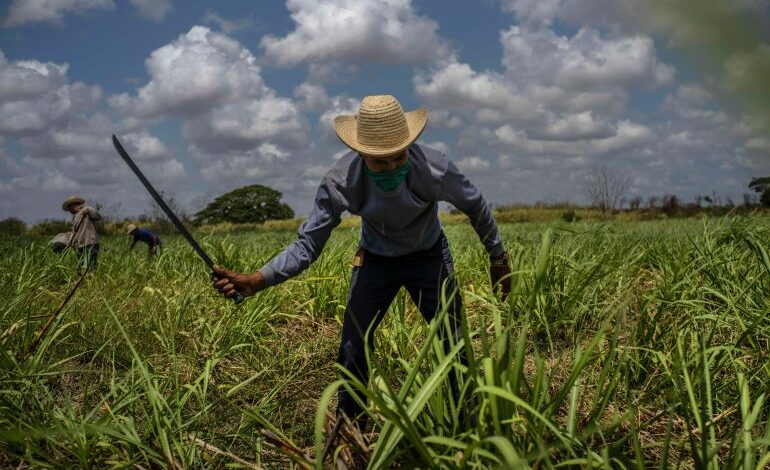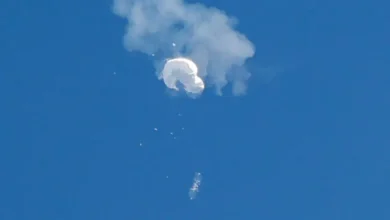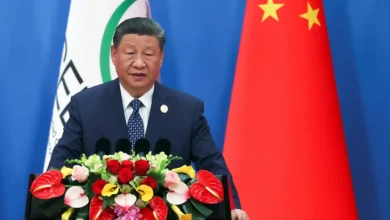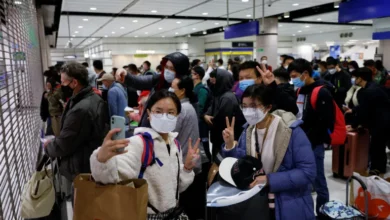How Cuba’s sugar industry has been ground into dust

“Without sugar, there’s no country,” the old Cuban saying goes.
From the moment Spanish colonists first planted cane here in the 16th century, sugar has been etched into this island’s soul. For countless Africans brought here to cut it, sugar meant servitude. Later, it fuelled rebellion, when slaves wielded their machetes against the Spanish to emancipate themselves and win their nation’s sovereignty.Sugar also brought development and luxury to Cuba. During the “Dance of the Millions”, when the price of sugar soared after the outbreak of World War I, the local “sugarocracy”, not knowing what else to do with their dizzying profits, commissioned decadent Renaissance and Art Nouveau mansions that still line Havana’s more affluent suburbs.
But for decades, the industry has been in decline. While the island regularly produced more than 7 million tonnes in the 1980s, last season — squeezed by new “maximum pressure” United States sanctions — it yielded only 480,000 tonnes. This year, the target is even lower as Cuba heads for its worst sugar harvest in more than a century.
“Once we were the country that exported the most sugar,” Dionis Perez, director of communications at Azcuba, the state agency that regulates sugar production, told Al Jazeera.
But “this is the first year that Cuba doesn’t plan to export more sugar than it consumes”.
Obsolete technology
Each year, from November to May, it’s time to cut cane. But in the fields, farmhands like Odel Perez are in a jam.
For weeks, the island has been crippled by gasoline and diesel shortages, affecting both motorists and sugar workers who are supposed to be harvesting.
“Sometimes, you have to stop for one, two or even three days while you wait for more diesel,” Perez told Al Jazeera.
Even when he can work, he faces fields overgrown with weeds, which entangle and sometimes kill the cane. His Soviet-built harvester now guzzles up not only sugarcane but small trees growing in the fields.










